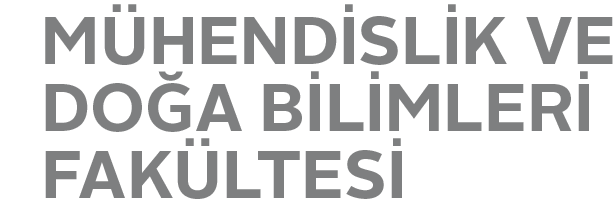
HIERARCHICAL POROUS METAL-ORGANIC FRAMEWORKS (MOFS): DESIGN, SYNTHESIS, AND THEIR APPLICATION AS GAS ADSORPTION MATERIALS
Aysu Yurduşen
Materials Science and Engineering, PhD Dissertation, 2020
Thesis Jury
Prof. Dr. Selmiye Alkan Gürsel (Thesis Advisor),
Dr. Alp Yürüm (Thesis Co-advisor),
Prof. Dr. Fatma Yüksel
Dr. Mustafa Kemal Bayazıt
Assoc. Prof. Dr. Emre Erdem
Assoc. Prof. Dr. Alper Uzun
Date & Time: 27th July, 2020 – 2 PM
Place: FENS G032
Keywords: Metal-organic frameworks, hierarchical porous MOFs, hierarchical pores, hierarchical porosity, MIL-88B, Fe-BTC, gas adsorption, carbon dioxide adsorption, hydrogen adsorption, hydrogen storage
Abstract
Climate change is a global concern, which interacts with economics, energy, and environment. Alternative energy resources are necessary to act towards global climate change and to produce energy in a sustainable way. In this Ph.D. thesis, hierarchical porous MOFs were designed to enhance the CO2 and H2 adsorption capacities of traditional MOFs at which hierarchical porosity offers multifunctionality.
A template-free, feasible synthesis strategy was used to form hierarchical porosity. Textural and structural properties of hierarchical porous MOFs were characterized with various techniques and CO2 and H2 adsorption capacities were measured, gravimetrically. Hierarchical porous MOFs were synthesized via a perturbation assisted nanofusion synthesis strategy at which the sizes of textural pores were controlled by metal to linker ratio and synthesis temperature. Formation of hierarchical pores enhanced the BET surface areas and total pore volumes of two hierarchical porous MOFs and the highest of all the reported BET surface areas and the pore volumes for MIL-88B and Fe-BTC are achieved. BET surface areas of MIL-88B and Fe-BTC are enhanced by 2.7 and 1.6 times, and the total pore volumes are enhanced by a factor of 4.1, and 3.1, respectively. More importantly, introducing hierarchical porosity to the pore structure enhanced the measured CO2 and H2 adsorption capacities at 298 K. The achieved CO2 and H2 adsorption capacities (298 K and 1 bar) are higher than the previously reported ones for traditional MIL-88Bs and Fe-BTCs. For instance, CO2 adsorption capacities of MIL-88B and Fe-BTC are enhanced by 2.1 and 1.6 times, and H2 adsorption capacities are enhanced by 1.96 and 2.6 times, respectively. The enhanced gas adsorption capacities are attributed to the ultramicropores present in the pore structure which have higher binding energies.
This Ph.D. study reveals a crucial phenomenon behind the enhanced gas adsorption capacities of hierarchical porous MOFs, formation of ultramicropores and hierarchical porosity has a crucial role on the gas adsorption capacities. This Ph.D. study experimentally proves the necessity of ultramicropores in the gas adsorption studies, reports an effortless, and feasible synthesis strategy that can form hierarchical pores and enhance the textural properties and gas adsorption capacities measured at 298 K, and the mechanism to tune the pore sizes via metal to linker ratio and synthesis temperature. This study paves the way for the design of hierarchical porous MOFs and leads the way for the use of hierarchical porous MOFs in gas adsorption studies.

